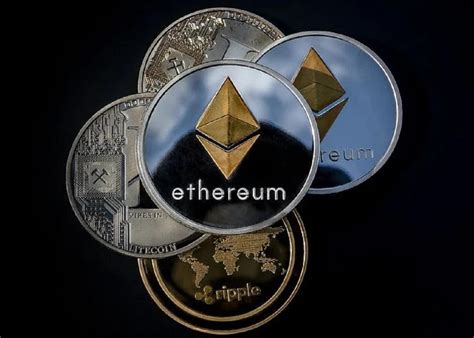Megahashes in bitcoin -mining
The rise of cryptocurrency has introduced new concepts, including megahashes, to analyze the rate with which bitcoins are broken. In this article, we will deal with the megahashes, their role in estimating bitcoin mining rates and the way you relate to the card -based mining model.
What is a megahash?
A megahash (MH) is a measure of computing power used to reduce cryptocurrency, especially for bitcoin. It represents the number of processes necessary to solve complex mathematical problems, which ultimately contribute to protecting the blockchain network.
In order to put it in perspective, a single core processor can perform about 100 million mm per second. This is because mining requires the processing of numerous hashes, each of which is a clear transaction in blockchain. The more MH can perform a card, the faster and more potentially cheaper it is that the miners enter the network.
Estimation of Bitcoin Mining Rates
The rate at which bitcoins is broken can be estimated using megahashes, dividing the total number of mining pools available (currently around 100) by the average number of cores used in each pool. This is known as the “megahash -hash rate per core”. The best known example is Antminer’s Mina S9+, which offers an estimated 80 mh/s core.
Which part of the bitcoin network requires megahashes?
In mining pools, megahashes need to perform their transactions and save the blockchain. Each pool consists of several nodes that work together to validate new blocks and protect the network. Nodes use special hardware, such as graphic plates (GPUs), ASICs (application -specific circuits) or other mining devices to reduce MH.
Relationship between money and megahashes
In the context of cryptocurrency, megahatics are essentially the costs of computing power needed to solve mathematical problems. With more money in circulation, miners can reduce faster and increase their profit margins. As the price of Bitcoin increases, it is the demand for mining hardware, which leads to higher prices and slower profit margins.
On the other hand, the reduction in the number of mining pools available or reducing the required computing power reduces the estimated megahash -Hash rate per core. This can lead to increased electricity costs, reduced profitability and potential network overload.
Card -based mining model
The card -based mining model, popularized by companies such as Bitmain and Antmininer, uses special graphics cards (GPUs) or specific application circuits (Asics) to reduce Bitcoin. These cards are designed especially for cryptocurrency performance so that miners can extract Hardware MH without needing a powerful server or a cutting -edge computer.
The most commonly used GPU in card -based mining is the Nvidia GeForce GTX 1080 Ti or higher. With an estimated unit of 20 to 30 mh/s per graphic processing (GPU), these plates can store at a speed of about 400-600 mh/s. This way, miners can enter the network and participate in the block creation process more easily.
Diploma

In short, the megahashes play a crucial role in estimating bitcoin mining rates and understanding the card -based mining model. Because the price of Bitcoin continues to increase, miners have an incentive to improve their hardware and increase their mining capacity. The growing demand for mining hardware has led to higher prices and slower profit margins, which makes it essential that miners optimize their equipment and power consumption.
When the cryptocurrency scenario develops, the understanding of megahatic and its importance in Bitcoin mining become more important for investors and enthusiasts.
Sources:
- “How does Bitcoin mining” by Coindesk
- “What is a megahash?
